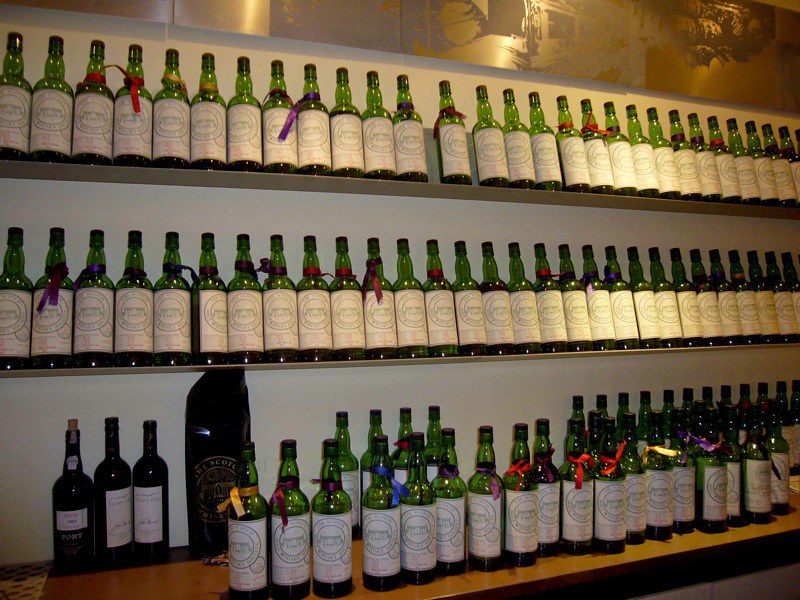Questions & Answers on Alcohol Consumption
There is no one answer which will solve the riddle. From the health point of view it differs from individual to individual. According to Arthur Klatsky who is a former cardiologist & presently an investigator conducting research in Oakland, California, it is crucial to take account of individual’s age, sex, family history & specific medical problems before calculating effects of health, more so with heart health.
Best Advice on Alcohol Consumption
Research on effects of alcohol on health, suggest, both benefits & harm of alcohol consumption. Gary Rogg, MD, assistant professor & director at the department of internal medicine at the Albert Einstein College of Medicine in New York & internal medicine specialist at the Montefiore Medical Centre says the studies show a definite link between breast cancer, liver cancer, as well as other cancers & alcohol intake.
In cases where alcohol intake is reduced the percentage of head, neck & colorectal cancer is drastically reduced. However, there is a pronounced benefit in cases of heart disease with alcohol consumption.
Benefits of Alcohol Intake Relating to Heart Health
There is no universal size-fits-all answer to this question. It may however, be sensible for a 60-year old man with a family history of heart disease & less-than-ideal cholesterol level to take a glass of wine with dinner, provided he has given up on smoking. He should also take care that he has no dependency problems with alcohol.
On the other side a 25-year old woman who is health conscious without any factors for heart disease & consuming very little alcohol need not boost her wine intake for reasons of heart health. Doctors’ advice that it will in no way do any good for until she is 40 or 50 year old in relation to heart disease.
For women who are 50 & older & men 40 above alcohol consumption definitely helps maintain heart health. This invariably depends upon moderate alcohol intake which as per US health standards is one drink a day for women & no more than two drinks a day for men. One drink a day should be normally calculated as 1.5 ounces of 80-proof spirits, 5 ounces of wine & no more than 12 ounces of beer.
Other Established Links between Alcohol & Health
There are quite a few especially with heavy alcohol intake. Heavy alcohol consumption & cirrhosis of the liver are closely related. Excess alcohol is also known to cause “cirrhosis of heart” which is a type of heart muscle damage. Excessive quantities of alcohol intake also trigger high blood pressure which can eventually lead to heart rhythm disturbances & heart strokes.
Regular alcohol intake is also found to contribute & cause weight problems. Being an appetite stimulant, people drinking alcohol tend to eat more & consume additional snacks as well. On the positive side moderate alcohol consumption seems to act as good protection against type 2 diabetes & dementia.
Relaxation Benefits of Moderate Alcohol Consumption
Consuming moderate amounts of alcohol can be valuable. Causing euphoria & substantial reduction of stress which is good for the heart, however, is no reason for anyone to take up drinking, if he or she has not been consuming alcohol. The setting also needs to be taken into account. Especially when he or she is sitting at home consuming one, two & three glasses of wine one after another is more of an escape.
But if you are going out with friends & having a glass or two offers invaluable relaxation which in turn fosters good attitudes. Researchers have found that good attitude coupled with positive thinking is found to provide healthy outcomes. Recent studies have shown that heart health benefits of light to moderate alcohol consuming individuals was more pronounced among people with high levels of social support.
